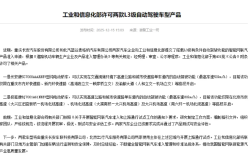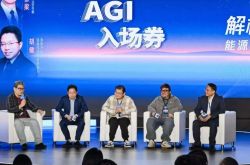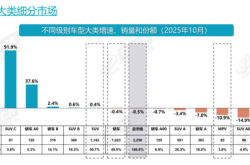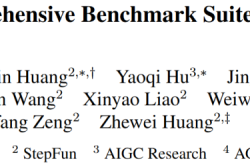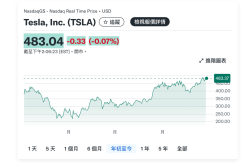AI: The Core Driver of Global Technology Innovation, Synergizing "AI Computing Power" and "AI Applications"!
![]() 08/26 2025
08/26 2025
![]() 516
516
As AI emerges as the central engine reshaping the global technology landscape, "AI computing power" and "AI applications" function as interdependent driving forces, with neither able to operate independently of the other. Computing power serves as the "fuel" propelling AI, while applications provide the "stage" for its deployment. How do these two elements synergize to ignite industrial transformation? Let's delve into this dynamic duo.
I. Insights on the Primary Investment Theme in Today's Global Tech Market?
Core Viewpoint: The AI era may have dawned, heralding new opportunities for tech investments.
Retrospecting on the waves of tech investment over the past few decades, each has been fueled by technological advancements. The Internet wave around 2000 ushered in investment opportunities in internet devices and PCs. Subsequently, advancements in electronic semiconductor technology facilitated the transition from feature phones to smartphones, sparking a mobile phone industry boom. More recently, 5G upgrades, data center construction, and the development of autonomous driving have accelerated the growth of related tech industries, potentially presenting numerous investment prospects. Clearly, each significant wave of tech industry investment opportunities is underpinned by a new round of transformative technological changes. Currently, the rapid evolution of AI technology stands as the core driver of global tech innovation, potentially catalyzing a fresh wave of tech investment opportunities with substantial growth potential spanning several years.
II. Components of the AI Industry Chain?
Broadly speaking, it comprises upstream "AI computing power" and downstream "AI applications".
1. AI computing power, from a demand perspective, encompasses "AI model training demand" and "AI application inference demand." To develop superior AI models and meet the surging AI application inference demand, the industry necessitates constructing a corresponding "AI computing power infrastructure," with AI servers at its core and accelerator cards like GPUs as the servers' backbone. Other critical components include optical modules, PCBs, switches, etc.
2. AI applications, from a morphological standpoint, are divided into "AI hardware" and "AI software." Firstly, AI hardware revolves around "AI smartphones," boasting a vast ecosystem, a significant user base, and prolonged usage. Simultaneously, AI smartphones represent consumer-grade end-side hardware with robust computing power and substantial upgrade potential, commanding considerable value per unit within the relevant industry chain. Secondly, "AI glasses" are poised to emerge as a growth-oriented category within emerging electronics, with industry trends meriting attention. Additionally, AI software such as AI marketing, AI programming, AI search, AI office, AI social, AI gaming, AI image and video editing, among others, is progressively commercializing, fostering the "flywheel effect" anticipated by the market, with promising subsequent development prospects. This sector warrants close monitoring.
III. Perspectives on "AI Computing Power"?
The core conclusion is that "AI computing power" may still harbor considerable growth potential, with the upper limit of growth for computing power demand related to "AI application inference" being difficult to predict.
Recently, major overseas tech companies have successively released their quarterly reports, indicating an overall expectation of further capital expenditure increases. A positive business cycle's "flywheel effect" is becoming evident. The "internal businesses" of global tech giants are gradually yielding positive returns under the empowerment of AI, crucial for the AI industry's long-term development. Concurrently, regarding AI application inference demand, whether it's "AI hardware" or "AI software," the overall AI application market stands on the cusp of an explosion, with substantial subsequent demand for computing power used for inference likely.
IV. Perspectives on "AI Hardware"?
AI hardware primarily includes AI smartphones, AI PCs, AI wearables (glasses/watches/headphones), AIoT products, etc. AI-empowered hardware amplifies user demand, anticipated to bring about "volume and price increases" within the industry chain.
End-side AI upgrades primarily encompass three aspects:
① Model-wise, with the evolution of AI training and inference models, end-side AI small models have gradually matured;
② In terms of computing power, processors such as SoCs/NPUs are simultaneously upgraded to provide corresponding AI computing power support;
③ Application-wise, AI functionalities are integrated into operating systems and application software, with smart assistants facilitating interaction and cross-APP, end-cloud hybrid collaboration to deliver AI services.
The heart of end-side AI upgrades lies in processor upgrades, akin to GPU upgrades in AI computing power infrastructure; processor upgrades may spur changes in "end-side component" design and technological iterations, potentially boosting the per-unit value of related products. Coupled with a potential "wave of phone replacements," this is expected to usher in "volume and price increases" investment opportunities for the industry chain.
V. Perspectives on "AI Glasses"?
"AI glasses" are projected to become the "pacesetter" and "elastic track" of this AI hardware innovation cycle.
AI glasses primarily augment traditional glasses with AI technology through "voice interaction," "image sensing," "information display," and other technologies, offering users a "new experience."
Recently, an AI glasses product from an overseas company has garnered strong sales. Collaborating with a luxury brand, they've launched a stylish and functional AI glasses product. With high-quality audio effects and clear imaging capabilities, it has garnered significant market attention, with product sales and monthly active users expected to continue rising. AI glasses offer comfortable wear, enabling users to "perceive the world" from a first-person perspective in real-time and "voice control" calls, take photos, and post on social media. Empowered by AI technology, they are poised to become a relatively "elastic" category within "AI hardware".
VI. Investment Philosophy?
The core investment philosophy revolves around "technological innovation, real growth." Investment opportunities in the tech sector are primarily driven by "new technological innovations," with growth companies adhering to industry trends and genuinely achieving "profit realization" expected to yield superior investment returns.
Fund Manager Xu Man: Master of Applied Economics, Tsinghua University, former researcher at Minmetals Capital Holdings Co., Ltd. Closely tracks new development drivers in the tech industry and strives to seize emerging investment opportunities within industry trends.
Investment Philosophy: Technological innovation, real growth
Representative Products: Dongwu Alpha Hybrid (Class A: 000531; Class C: 014581), Dongwu New Economy Hybrid (Class A: 580006; Class C: 012617)
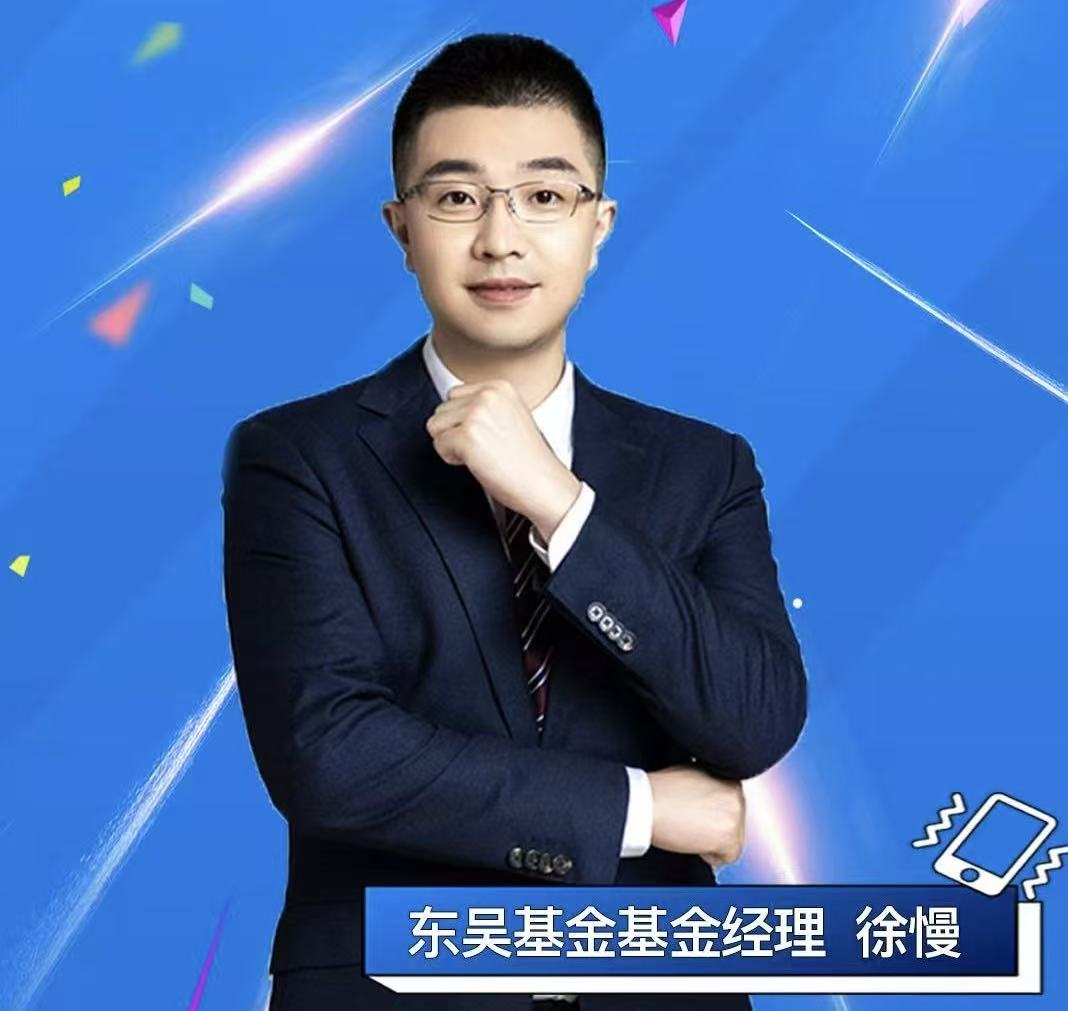
Special Note: The aforementioned funds are not tech industry theme funds. The investment philosophy and key focus areas mentioned are for reference only and do not represent the funds' current holdings or future investments. They do not constitute investment advice. Funds involve risks, and investments should be made cautiously.
This material is for reference only. The viewpoints expressed represent individual opinions and not the company's stance. They are not intended as investment advice and are time-bound. The content should not be relied upon as a prediction, research, or investment advice, nor should it be regarded as a recommendation to buy or sell any securities or adopt any investment strategy. The viewpoints and judgments presented reflect current analysis and may be adjusted as market conditions change. Investments involve risks, and decisions should be made with caution. Investors bear the risks and consequences of any investment behavior undertaken.
Funds involve risks, and investments should be made cautiously. The fund manager does not guarantee fund profitability or the lowest return. Investors should meticulously read the fund's "Fund Contract," "Prospectus," "Summary of Fund Product Materials," and other legal documents before investing, comprehend the fund's risk-return characteristics, and ascertain whether the fund aligns with their risk tolerance based on their investment objectives, investment horizon, investment experience, asset status, etc. The fund's past performance and net asset value do not predict future performance, and the performance of other funds managed by the fund manager does not constitute a guarantee for the fund's performance. The operational history of funds in China is relatively short and may not reflect all stages of stock market development. If you intend to purchase a fund product, please heed the relevant investor suitability management provisions, conduct a risk assessment in advance, and select a fund product with a risk level commensurate with your risk tolerance. The fund manager reminds investors of the "buyer beware" principle in fund investment. Following an investment decision, investors are accountable for the investment risks arising from the fund's operating conditions and changes in its net asset value. The fund manager makes no promises or guarantees regarding fund investment returns.


